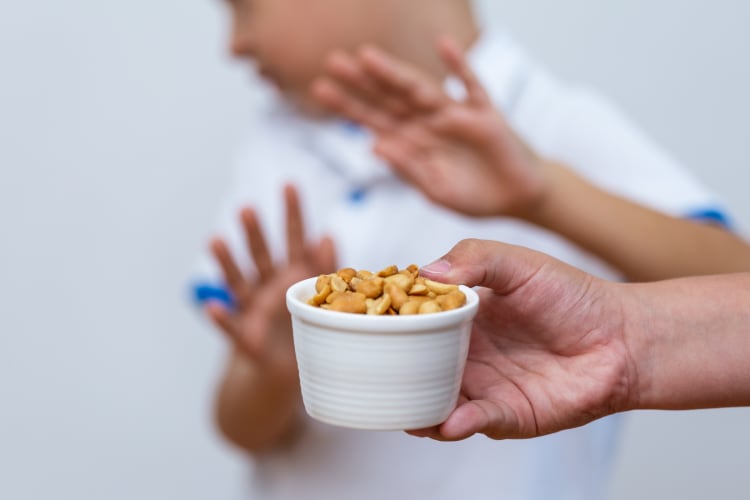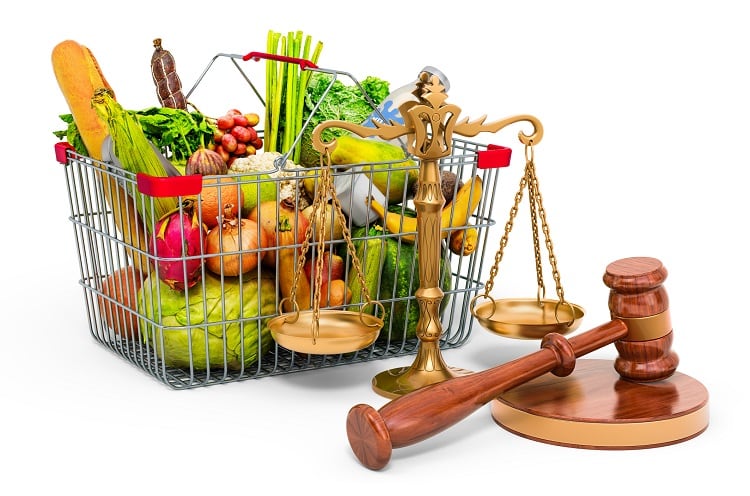The number of food allergy cases are on the rise. In the UK, for example, food allergies affect 6-8% of children, the most common being eggs, milk and peanuts.
Food allergy symptoms can include vomiting, cramps, hives, swelling, eczema, breathing problems, and anaphylaxis.
“People can be allergic to almost any type of food. The allergy can be mild, but also very severe or even life-threatening,” said Gina Ross, researcher at Wageningen University & Research.
As it is not always clear when a food contains an allergen, Ross has developed a test to identify the presence of certain allergens on the spot.
Antibodies ‘attach themselves’ to allergens
The self-test, which Ross described as a ‘portable mini-lab’, aims to make chemical analysis accessible to consumers.
It works by testing a sample of the food, for example, a biscuit. The consumer puts the sample into the immunoassay test, and if there are allergens present, a black line will appear on the test strip ‘within minutes’.
For detailed test results, consumers can connect the test to a smartphone with a ‘special holder’. The amount of allergen in the sample will then be displayed on the screen. If no black line appears on the test, the consumer knows the food product is safe to consume.
The immunoassay detects allergens by using antibodies, which attach themselves to ‘intruders’, such as allergens or viruses. In the self-test, the line is created with specific antibodies for a particular allergen. A second antibody in the solution is marked with carbon nanoparticles and also binds to the allergen.
“One carbon particle on the test line cannot be seen with the naked eye, but many particles together cause the line to turn black and the test to be positive,” the researchers explained.
According to Ross, the test is ‘simple’ and ‘easy to use’. “A 15-year-old student who happened to do a short internship with us was able to use the test with no problems after a brief explanation in an IKEA-style manual,” she explained.
Potential for agri-food sector
The tests also have the potential to be used by industry, for example the agri-food sector. At the University of Belfast, for example, a test was developed that enabled shellfish producers to measure natural toxins in mussels.
At the University of Prague, a test was developed that measured pesticide reside in fruit and vegetables.
“Making this technology available to everyone by using a smartphone makes it very accessible. The great thing is that this enables us to democratise science, in particular analytical chemistry, and place it in the hands of the user,” said Ross.
“Most people no longer engage with subjects like chemistry and biology after secondary school, but unknowingly use it when they take a pregnancy test, for example.”
The researcher believes self-tests for food safety and quality are ‘ideal’ for use by farmers and food manufacturers in low-income countries.. “It doesn’t require expensive and extensive lab equipment. And the technology still works well, even if you have an old smartphone. I tried it out on an old model that I have not used for a long time.”
Additional research is required before the self-test for traces of peanut and hazelnut in biscuits can go into production.




